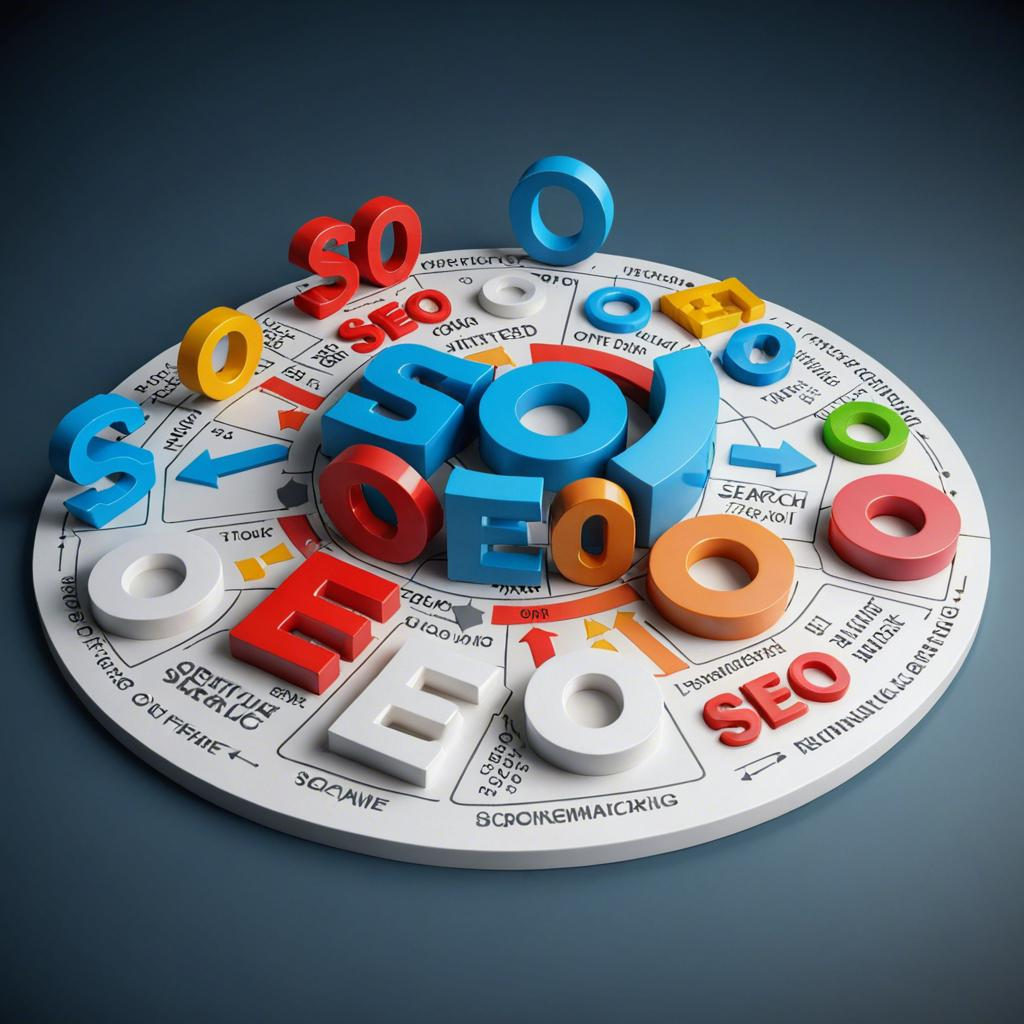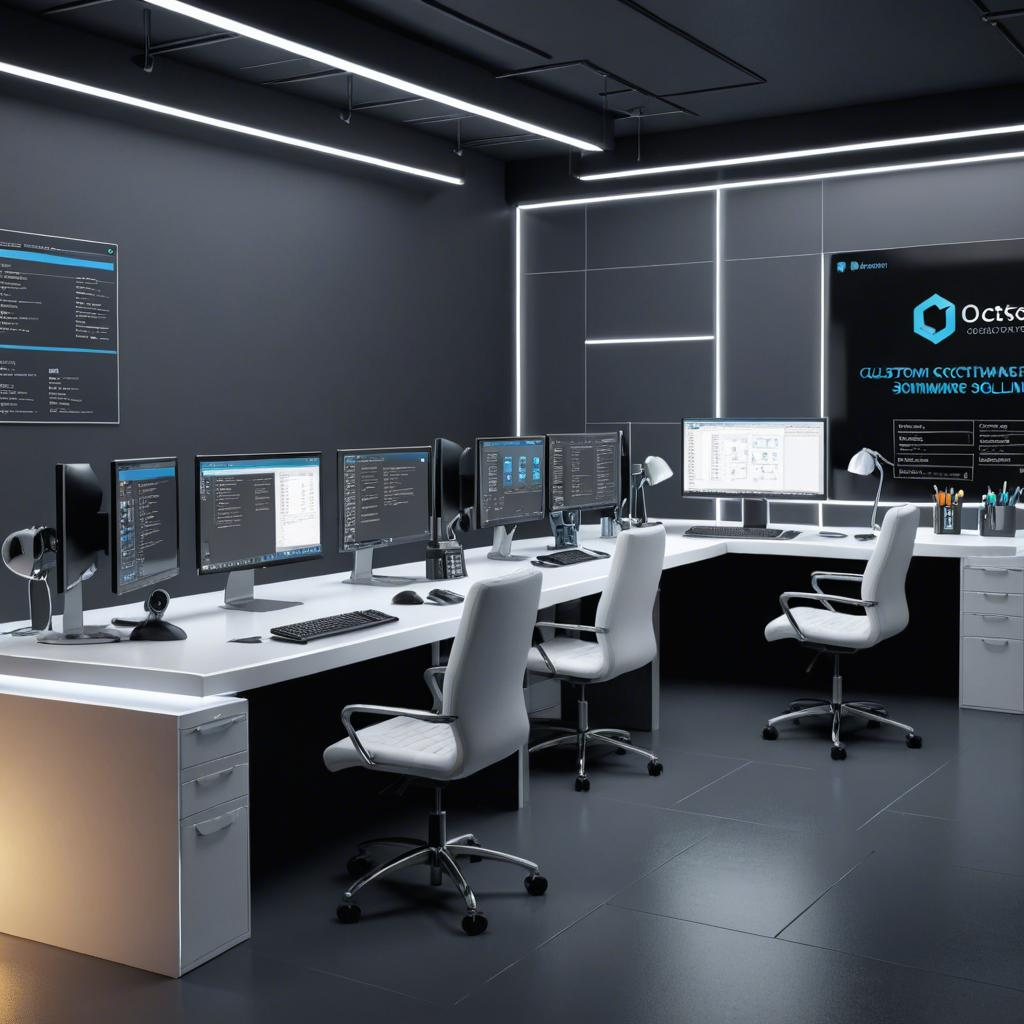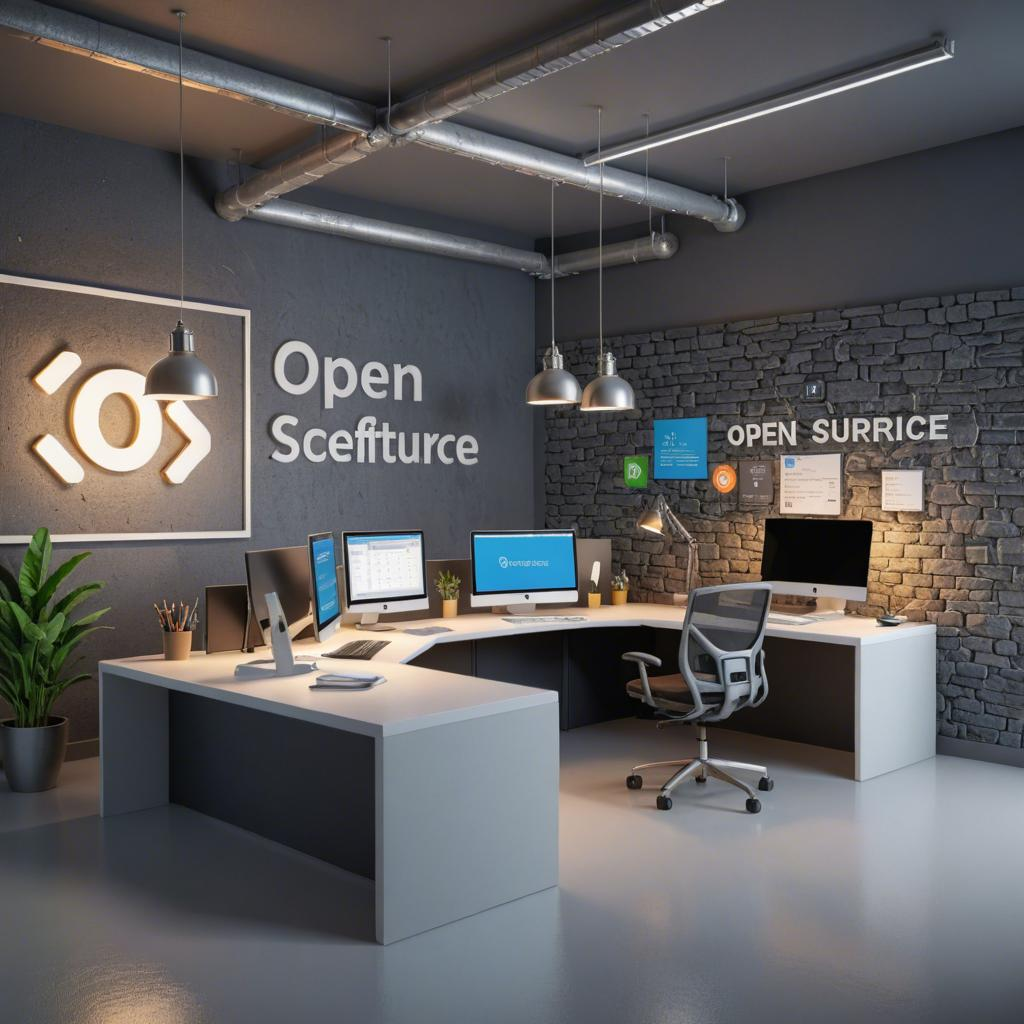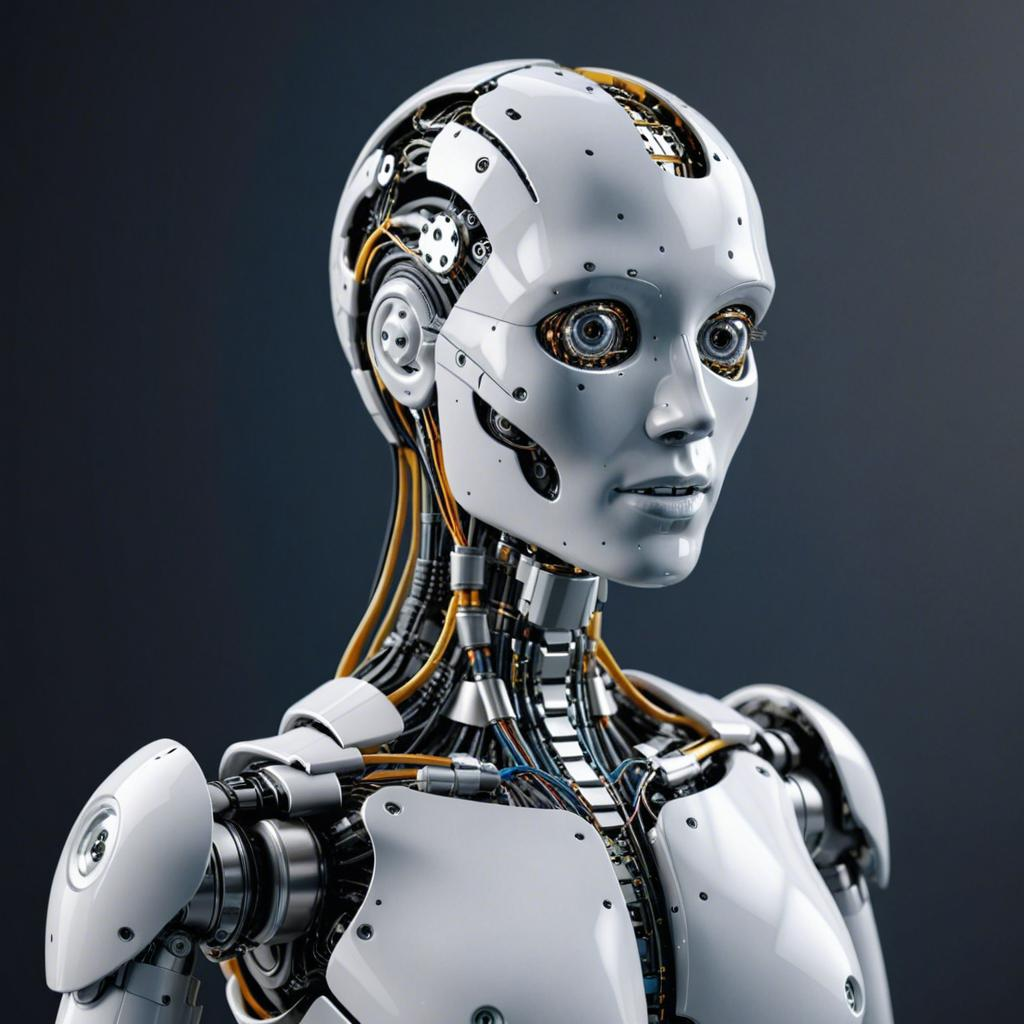The Role of Wearables in Mobile App Development
In the ever-evolving world of technology, wearable devices have emerged as one of the most innovative trends reshaping the digital landscape. Smartwatches, fitness trackers, smart glasses, and even wearable medical devices are revolutionizing how users interact with technology. For mobile app developers, this trend presents both an opportunity and a challenge to innovate and redefine the user experience. Understanding the intersection of wearables and Mobile App Development is essential for creating apps that seamlessly integrate with these devices and deliver value to users.
The Growing Popularity of Wearables
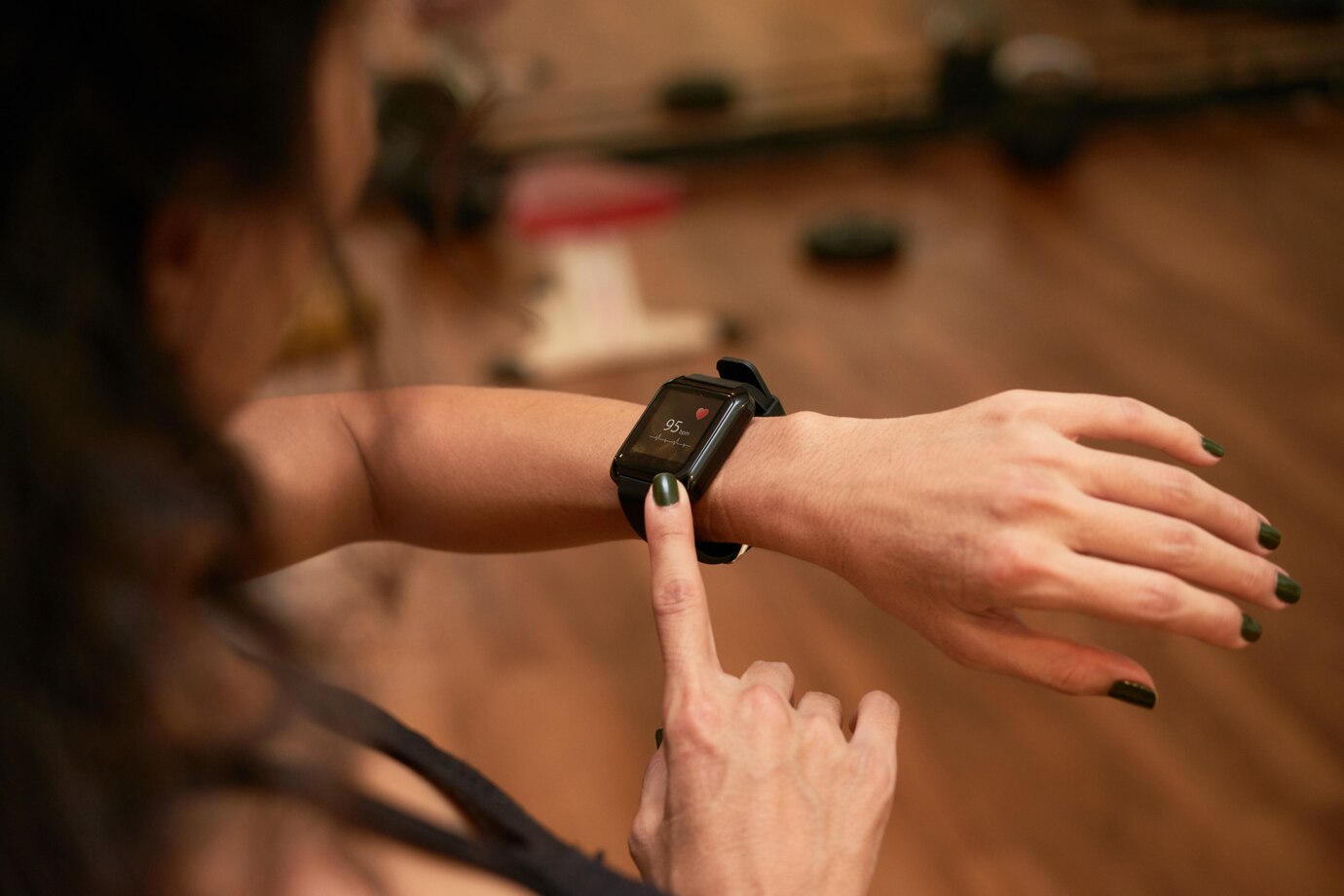
Wearables have gained widespread popularity due to their ability to provide convenience, real-time data, and personalized experiences. According to recent market research, the wearable technology market is projected to grow significantly in the coming years, driven by advancements in health monitoring, fitness tracking, and IoT connectivity. This rapid adoption of wearables means mobile app developers must adapt to cater to a broader ecosystem that includes these devices.
Unlike traditional mobile apps designed primarily for smartphones and tablets, wearable-focused apps need to work on smaller screens and often depend on sensors and real-time data. This shift requires developers to rethink their approach to user interface (UI) and user experience (UX) design, as well as the integration of advanced features such as voice commands, gesture recognition, and AI-powered insights.
Enhancing User Experiences Through Wearables
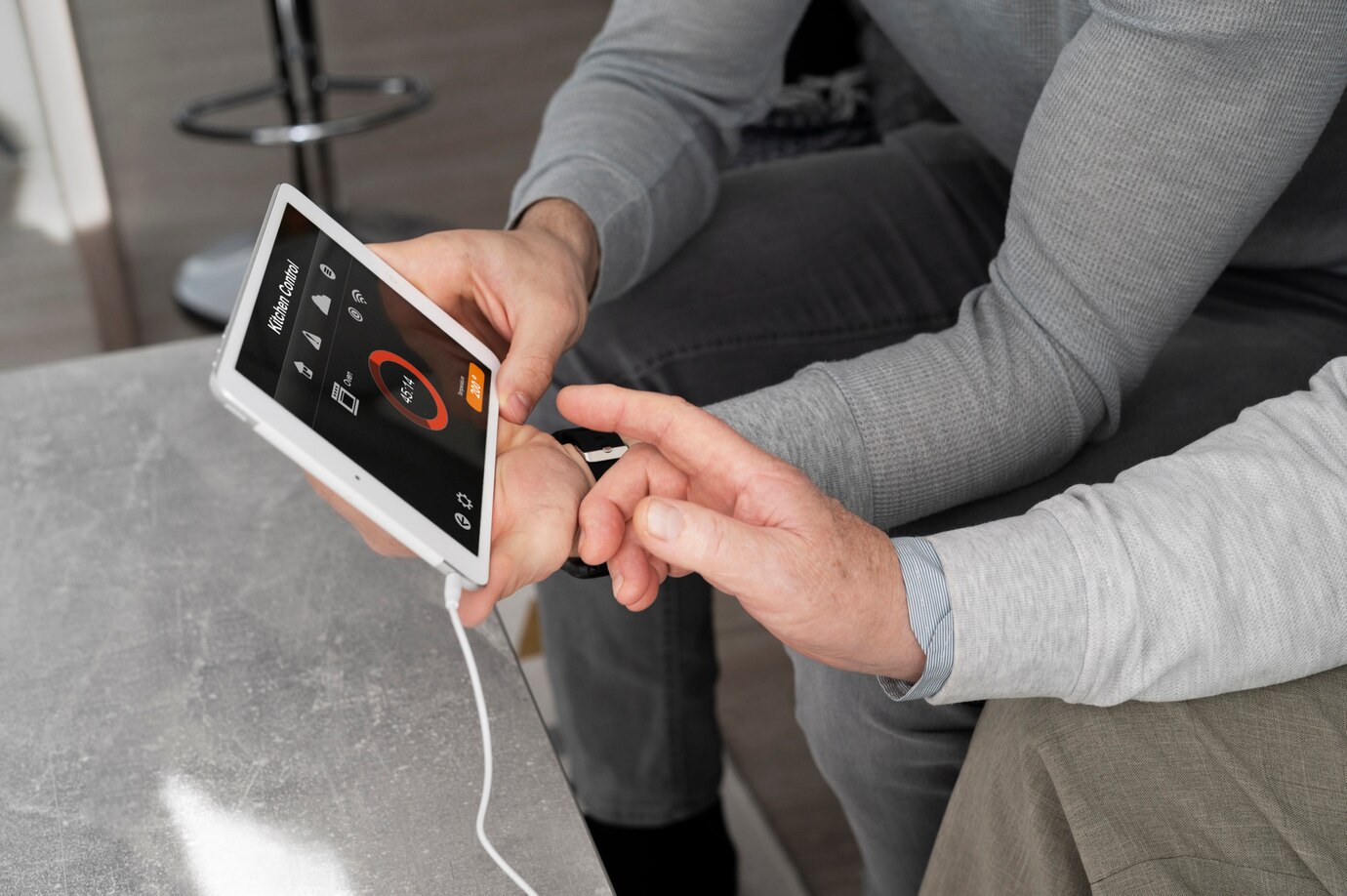
One of the most significant roles wearables play in Mobile App Development is enhancing user experiences. Wearables provide continuous and real-time data collection, enabling developers to create apps that are highly personalized and responsive to users' needs. For example, fitness apps integrated with wearables can track heart rate, sleep patterns, and activity levels to offer tailored workout plans and health recommendations.
In addition to health and fitness, wearables are making strides in other industries such as retail, entertainment, and communication. Mobile App Developers are exploring innovative ways to leverage wearable devices to deliver immersive experiences, such as augmented reality (AR) apps for smart glasses or location-based services for smartwatches. By focusing on wearables, developers can create apps that go beyond the screen, offering users a seamless and interconnected experience.
Challenges for Mobile App Developers
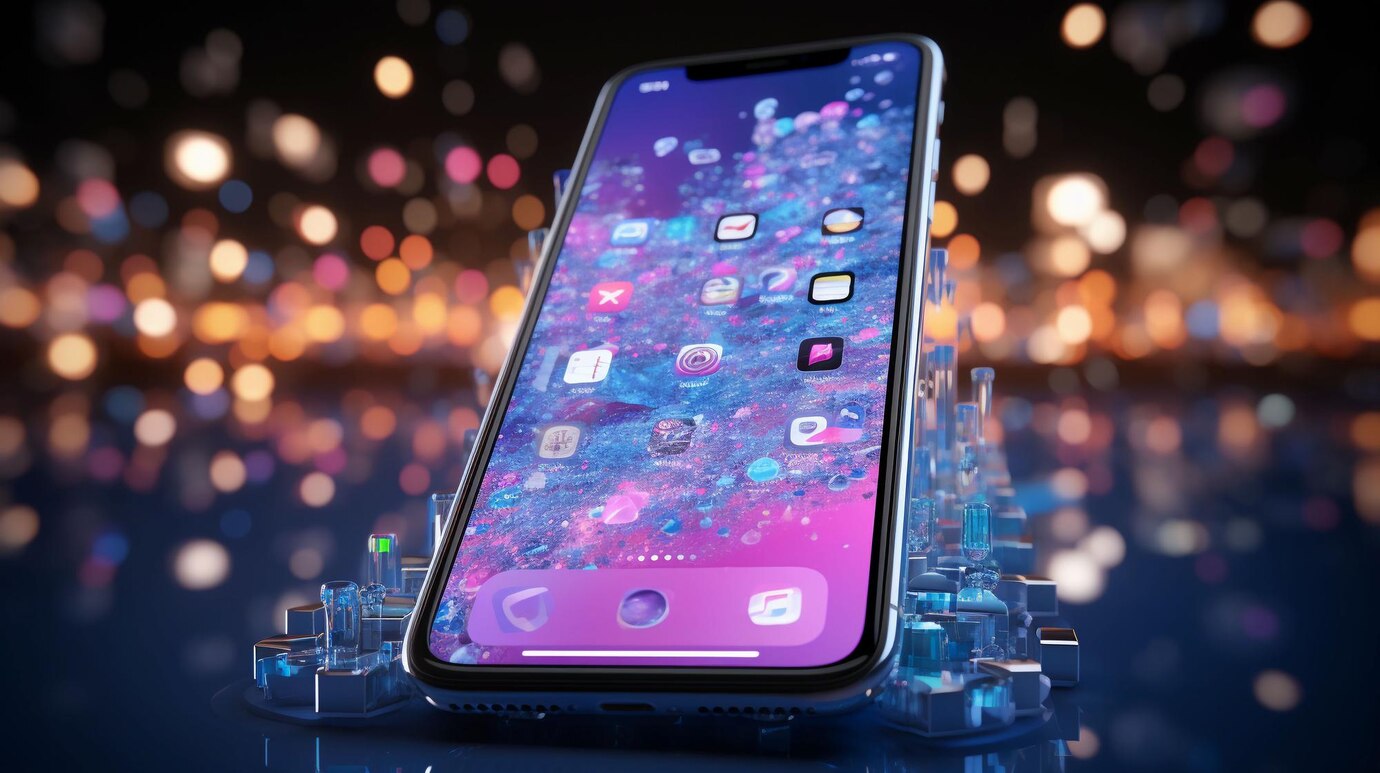
While wearables present numerous opportunities, they also come with unique challenges for mobile app developers. One of the primary hurdles is the limitation of hardware resources. Wearable devices have smaller screens, limited processing power, and shorter battery life compared to smartphones. This necessitates efficient app design and optimization to ensure smooth performance without compromising functionality.
Moreover, developers must consider compatibility with different wearable platforms. The wearable ecosystem is fragmented, with major players like Apple Watch, Samsung Galaxy Watch, Fitbit, and Garmin each using distinct operating systems and APIs. Mobile App Developers need to ensure their apps are compatible with multiple devices to reach a wider audience. This often requires additional development effort and testing to maintain a consistent experience across platforms.
Another significant challenge is data privacy and security. Wearables collect sensitive user information, such as health metrics and location data. Mobile App Developers must prioritize secure data transmission and storage, adhering to regulations such as GDPR or HIPAA when necessary. Building trust with users through transparent data practices is crucial for the success of wearable-integrated apps.
The Importance of APIs and SDKs in Wearable Integration
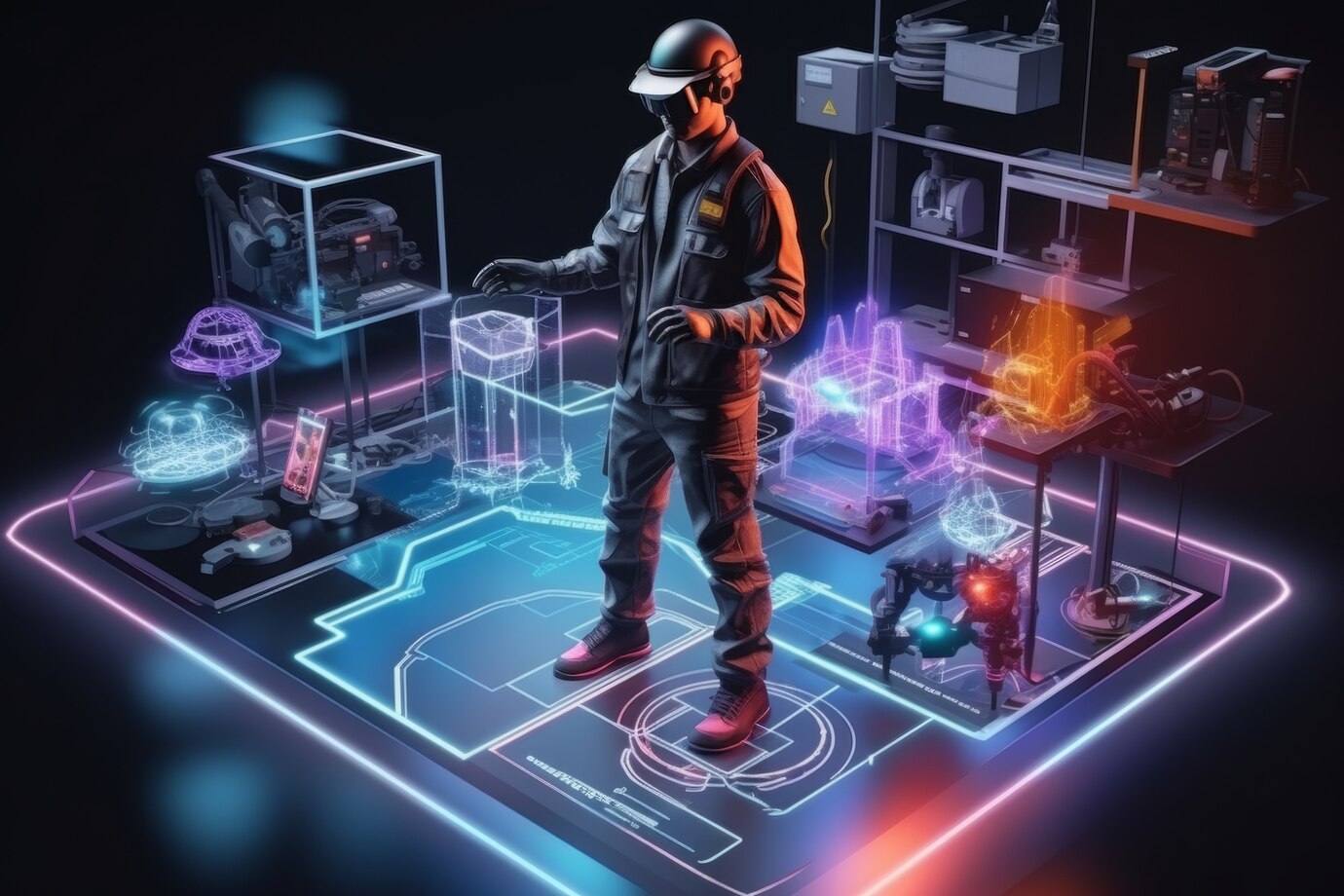
APIs (Application Programming Interfaces) and SDKs (Software Development Kits) are critical tools for mobile app developers working with wearables. These tools provide the necessary frameworks and libraries to integrate wearable devices with mobile apps seamlessly. For instance, Apple’s HealthKit and WatchKit allow developers to build apps that leverage the full potential of the Apple Watch, while Google Fit APIs enable similar functionality for Android-based wearables.
By leveraging these tools, developers can access real-time sensor data, build custom notifications, and enable two-way communication between wearables and smartphones. APIs and SDKs also simplify the development process, allowing developers to focus on creating innovative features rather than building integrations from scratch.
Future Trends in Wearables and Mobile App Development
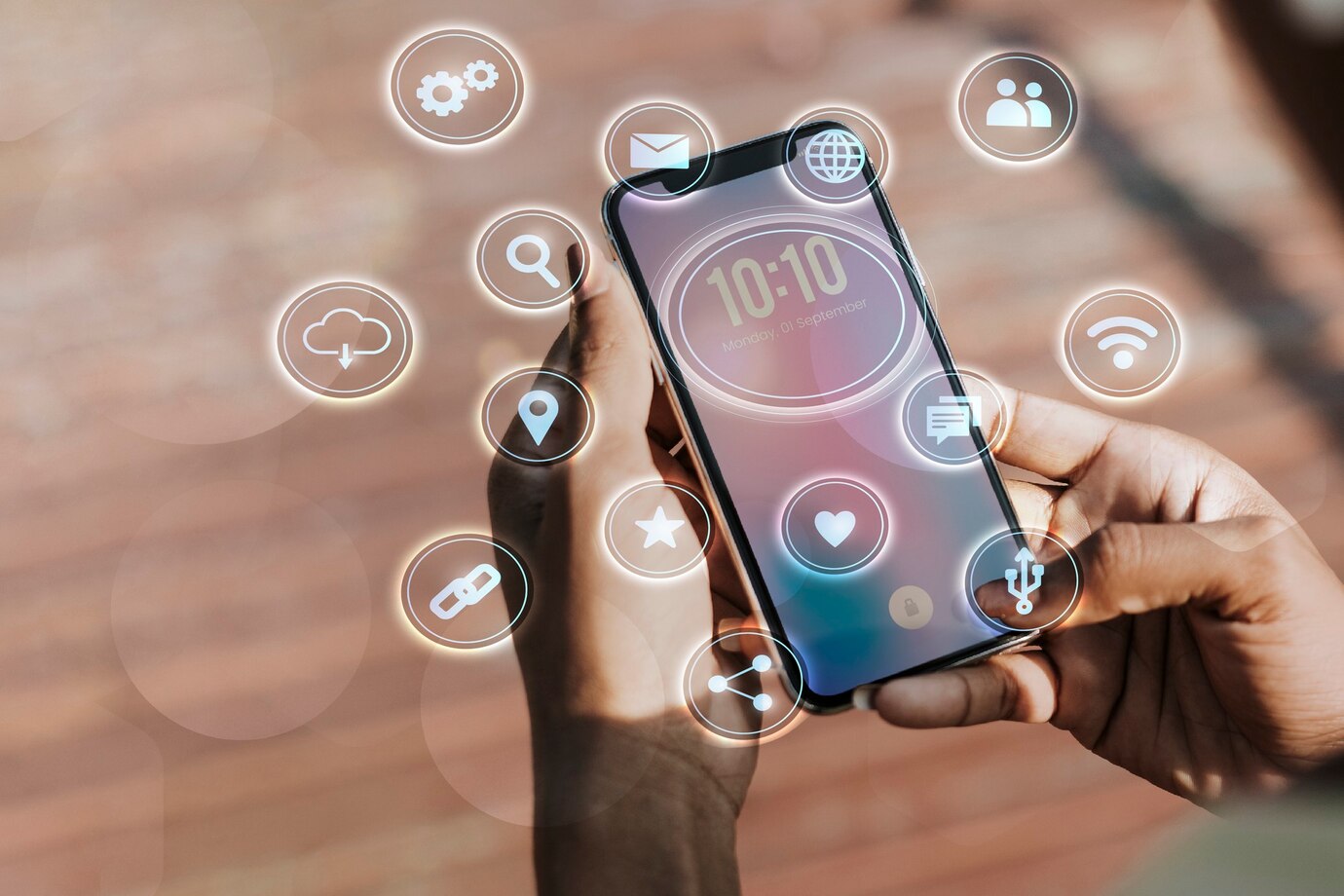
The future of wearables and Mobile App Development is promising, with advancements in AI, machine learning, and IoT playing a significant role. Wearable devices are expected to become even smarter, offering predictive analytics and proactive insights. For example, wearables could use AI to detect early signs of health issues, prompting users to seek medical attention before conditions worsen.
As 5G networks become more widespread, wearables will also benefit from faster data transmission and improved connectivity. This will enable mobile app developers to create apps that rely on real-time communication, such as remote monitoring for healthcare or real-time translation apps for travelers.
Another exciting trend is the integration of wearables with other smart devices in the IoT ecosystem. For instance, a smartwatch could communicate with a smart home system to adjust lighting and temperature based on the user’s preferences. Mobile App Developers who can harness these interconnected capabilities will be at the forefront of innovation.
Conclusion
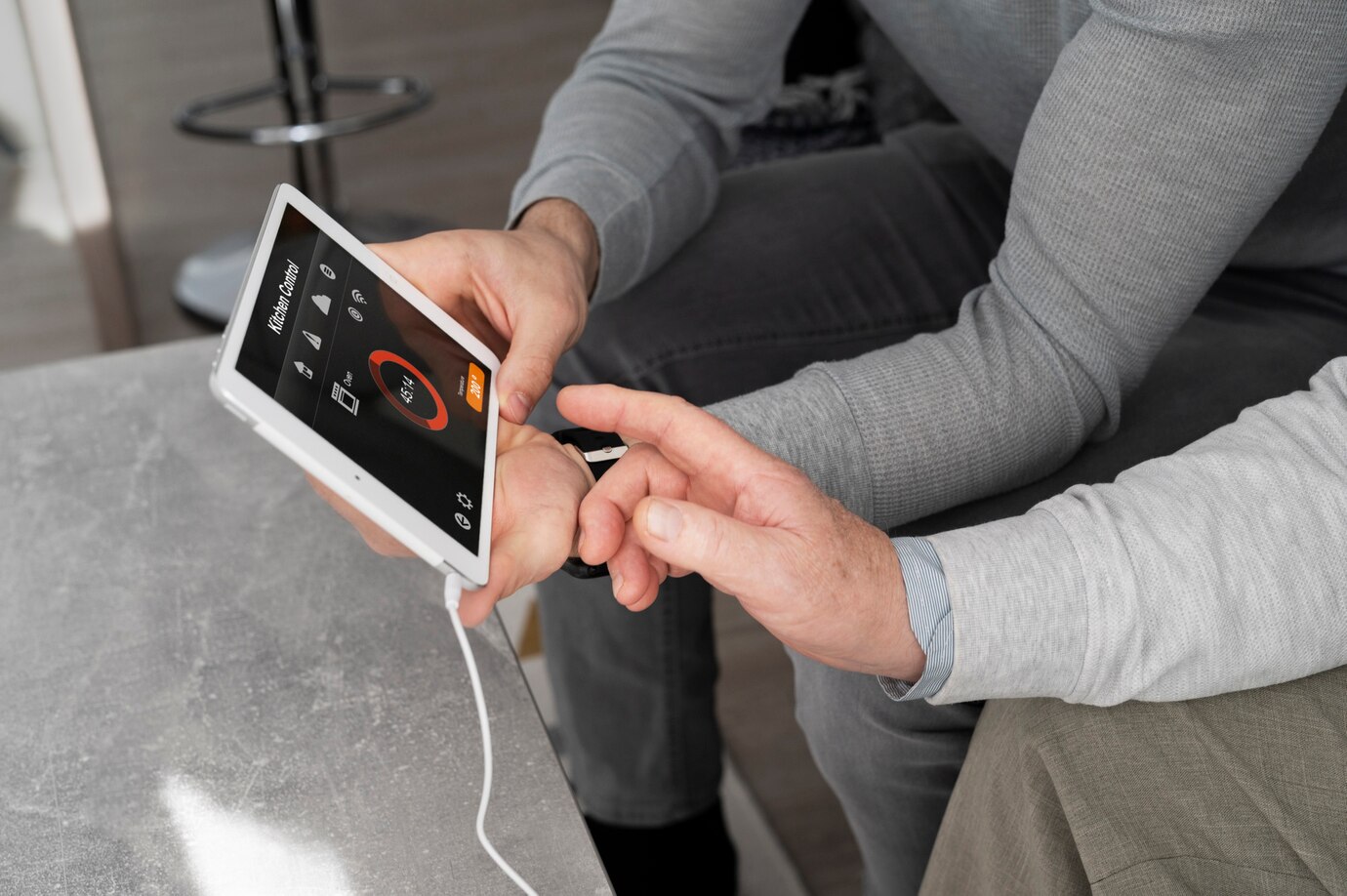
For mobile app developers, the rise of wearables represents a dynamic shift in how technology interacts with users. By embracing the unique opportunities and challenges of wearable technology, developers can create apps that enhance user experiences, improve daily lives, and drive innovation across various industries. As the wearable market continues to expand, staying ahead of trends and leveraging the right tools will be key for developers looking to succeed in this exciting and rapidly evolving field.


